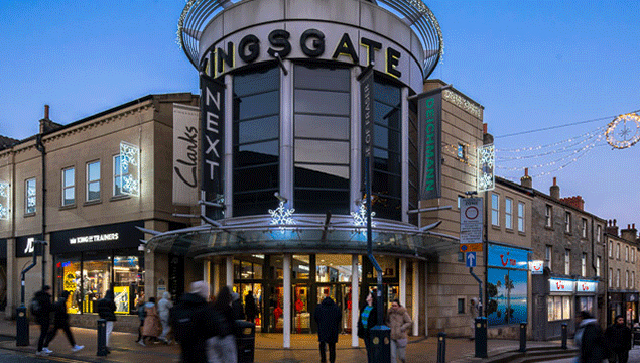Reading through A vision for real estate finance in the UK your heart slowly sinks. Not that the 50-page report authored by expert volunteers and published last week by the Investment Property Forum is a gloomy read. Each of the seven recommendations for ameliorating the impact of another Great Crash are cheeringly sensible and well thought-through.
Disheartenment dawns with the realisation that the recommendations are just that: recommendations. As the opening page admits: “A vision without action is useless. (We) … must now pass responsibility for action to the regulators, lenders and other market participants with the power to implement them. The group sincerely hopes they will take this opportunity.”
“Hopes” being the operative word. What endless fun the banks will have parrying the recommendation that they set up a commercial property lending database. Especially as the idea is to cover all loans.
For heaven’s sake, can’t someone brainy at the Bank of England categorise the higher-risk borrowers and keep an eye just on them? Or would that be non-PC?
Changing the valuation rules in the Red Book to incorporate long-term rather than peak values sounds like a tall order for the RICS. Parts of some of the recommendations will of course be enacted. Some. Actually, the real value of the exercise will be for the IPF to say, come the next Great Crash, “We told you what needed doing – and what did you do…?”
What’s the story, Ballymore?
Nama has played a good game with Ballymore, nursing the Irish developer back to life. Killing the patient in 2010 and taking a few pence in the pound on Ballymore’s debts must have tempted the work-out agency. But Ballymore is well managed and, more importantly, has huge land-holdings in London. Nama presumably wants to leave the room now, pockets jingling.
So, a partner rather than a nurse is now being sought: someone to help finance and develop a further 3,000 homes on three London sites, with a gross development value of £2bn. Two towers on Canary Wharf: risky capital-wise, but should be fine. Lots more homes in Nine Elms: going well already, should be fine. Twelve unprepossessing acres in Canning Town. Good luck!
Prophet of doom
Commercial mortgage-backed securities, which pay income derived from interest on bundled debt, have regained respectability after their supporting role in the Great Crash of 2007-2009. But it appears there are signs of trouble from the US, involving the supposedly “safer” CMBS bonds written since 2010.
Last year $106bn of “CMBS 2.0” loans were written. The default rate is 0.6%, says Fitch, way below the 1.67% at the height of the credit crisis.
Yet the credit ratings agency is getting twitchy, saying defaults are “abnormally low”, and will rise when interest rates rise. Fitch has clearly learned the lesson of not calling the last crash, by calling this one perhaps a touch early.
Park Lane hotel going cheap?
One of the first signs of the thrice aforementioned Great Crash was the failure of RBS to obtain £650m for the Grosvenor House hotel on Park Lane. The bank took possession in 2003, when the previous owners went bust, then decided, in its infinite wisdom, to hold until the summer of 2007. Bang. Three-and-a-half years later, in December 2010, the Indian Sahara Group paid £470m for the hotel.
As the world knows, Sahara Group boss Subrata Roy is now in deep trouble for allegedly selling £2.3bn of illegal bonds. Now he is selling the Grosvenor. The price obtained will be telling, in more ways than one.











